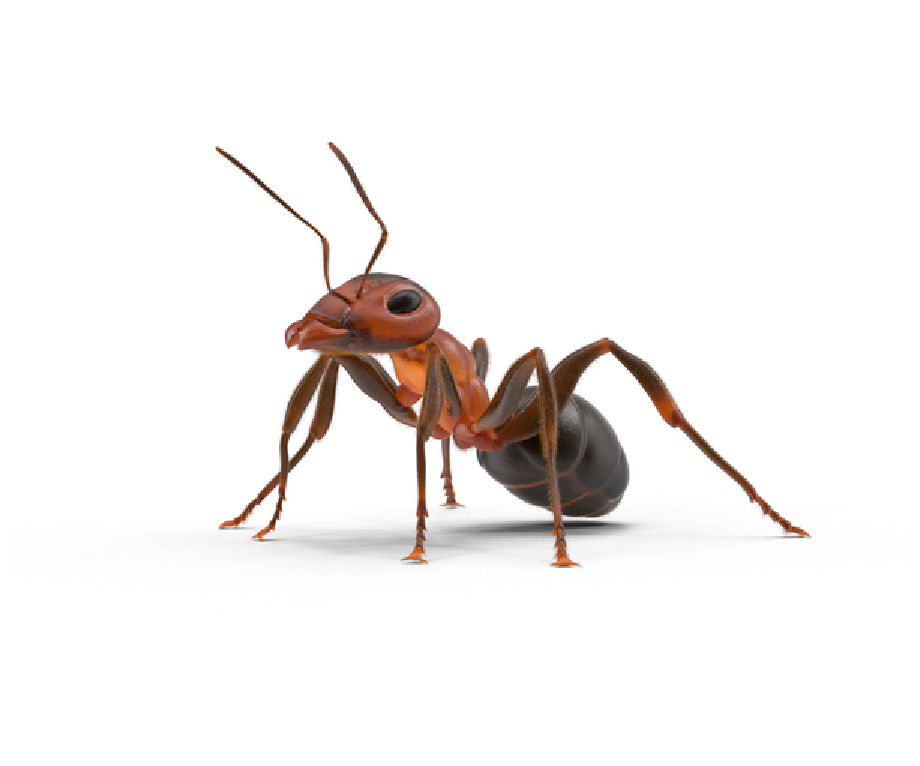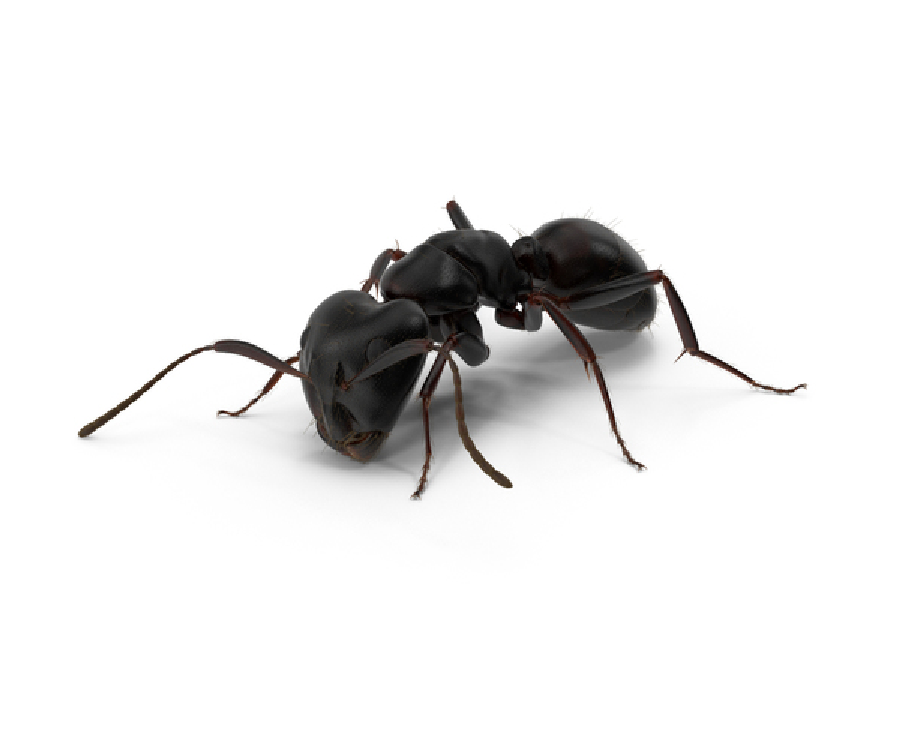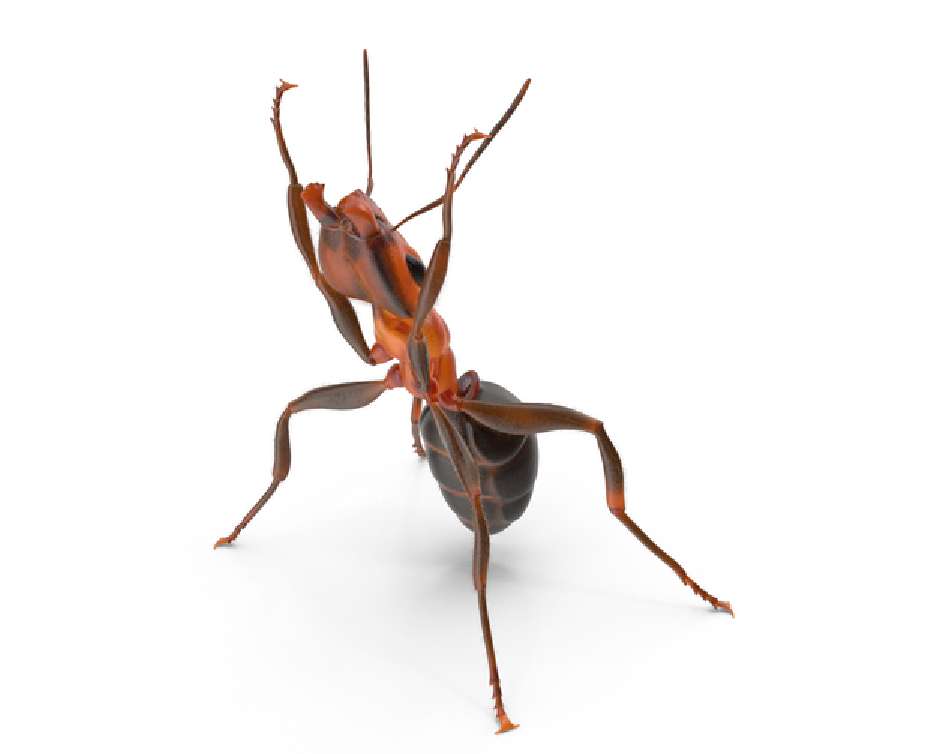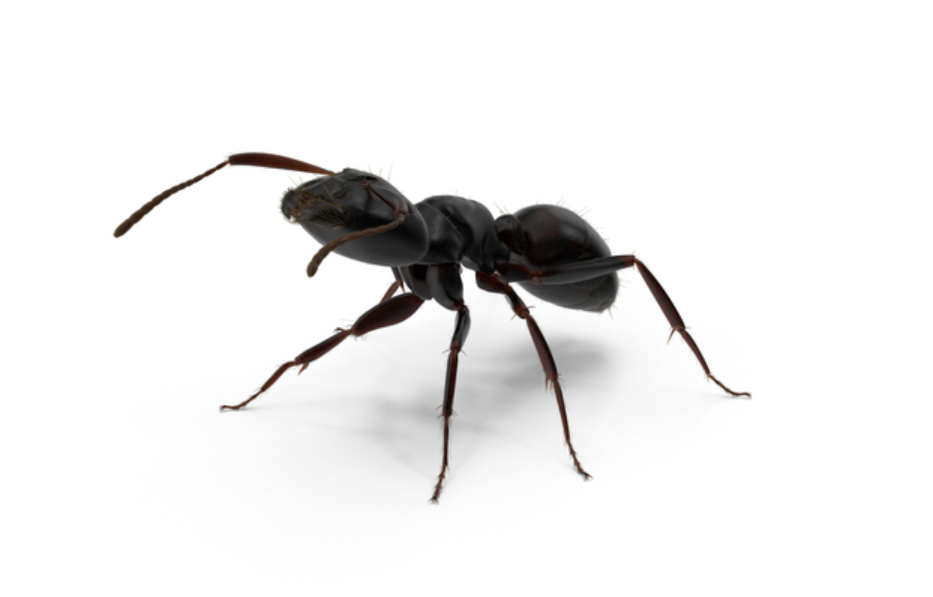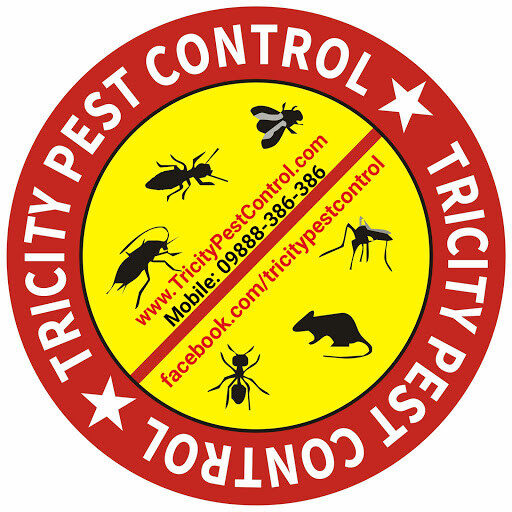Ants treatment in Panchkula
Ants treatment is essential for homeowners and businesses dealing with these highly adaptable and intelligent insects. While ants are generally harmless, they can quickly become a nuisance when they invade indoor spaces. Their sophisticated societies allow them to thrive in diverse environments, and some fascinating facts about ants include their collective weight rivaling or even exceeding that of all humans combined. They can carry objects up to 50 times their body weight using their mandibles and communicate through pheromones to alert others to danger or food sources.”Foraging ants can travel long distances, guided by scent trails. Ants evolved from wasp-like ancestors over 110 to 130 million years ago and can survive underwater for up to 24 hours. They belong to the Hymenoptera insect order, closely related to bees and wasps. Each ant colony can house up to half a million ants, ready to relocate quickly if threatened. Worker ants have a lifespan of up to 7 years, while queens can live up to 15 years.
Ants Infestation: Risks, Behavior, and Impact
Ants are incredibly capable and intelligent creatures, though harmless, they can be a nuisance when they invade your home or business premises. Their complex and cooperative societies allow them to thrive in conditions that would be challenging to us. Here are some interesting facts about this small but amazing pest:
- The total weight of all the ants in the world is the same, if not larger than all humans added together.
- Ants are capable of carrying objects 50 times their own body weight with their mandibles.
- Ants communicate and cooperate by using pheromones that can alert others to danger or lead them to a promising food source.
- Foraging worker ants can travel up to 200 meters from their nest and find their way back to the colony by following scent trails left by others.
- Ants evolved from wasp-like ancestors in the dinosaur period between 110 and 130 million years ago.
- Ants can survive underwater for 24 hours.
- Ants belong to the insect order Hymenoptera. They are close relatives of bees and wasps.
- Each colony can hold up to half a million ants. They can all get up and go very quickly if the colony is threatened.
- Worker ants can live for up to 7 years, while a queen can live for up to 15 years.
Behavior
Ant behavior is highly sophisticated and varies significantly among different species. Here are some notable aspects of ant behavior:
- Social Structure: Ants live in colonies with a complex social structure, including roles such as workers, soldiers, and queens.
- Communication: Ants communicate primarily through pheromones, which are chemical signals that convey information about food sources, danger, and colony activities.
- Foraging: Worker ants leave the nest to find food, often forming long trails that lead back to the colony.
- Nesting: Ants construct various types of nests, from underground tunnels and mounds to nests in wood or plant cavities.
- Defense: Ants protect their colonies aggressively, with soldier ants equipped with strong mandibles or stingers to fend off intruders.
- Cooperation: Ants exhibit remarkable cooperation, working together to achieve tasks such as building nests and foraging for food.
- Adaptability: Ants can adapt to a wide range of environments, from forests to urban areas.
- Problem-Solving: Ants demonstrate problem-solving abilities, finding efficient solutions to complex problems.
Risk of Ants Infestation
An ant infestation poses several risks, affecting health, property, and the environment:
- Health Hazards: Ants can contaminate food and surfaces, potentially spreading bacteria and pathogens that lead to foodborne illnesses and allergic reactions.
- Structural Damage: Carpenter ants burrow into wood, weakening the structural integrity of buildings and wooden furniture.
- Electrical Damage: Ants can infiltrate electrical systems, causing short circuits and damage that lead to power outages and fire hazards.
- Agricultural Impact: Some ant species harm crops by feeding on seeds, seedlings, and plants, affecting agricultural yields and resulting in economic losses.
- Nuisance and Discomfort: Large ant infestations can create a significant nuisance, making it difficult to maintain a clean and comfortable living or working environment.
- Economic Costs: The cost of repairing structural damage, replacing contaminated food, and dealing with electrical issues can be substantial.
- Ecosystem Disruption: Invasive ant species can disrupt local ecosystems by outcompeting native species, altering habitats, and negatively impacting biodiversity.
In conclusion, the risks associated with ant infestations necessitate prompt and effective pest control measures to protect health, property, and the environment.
